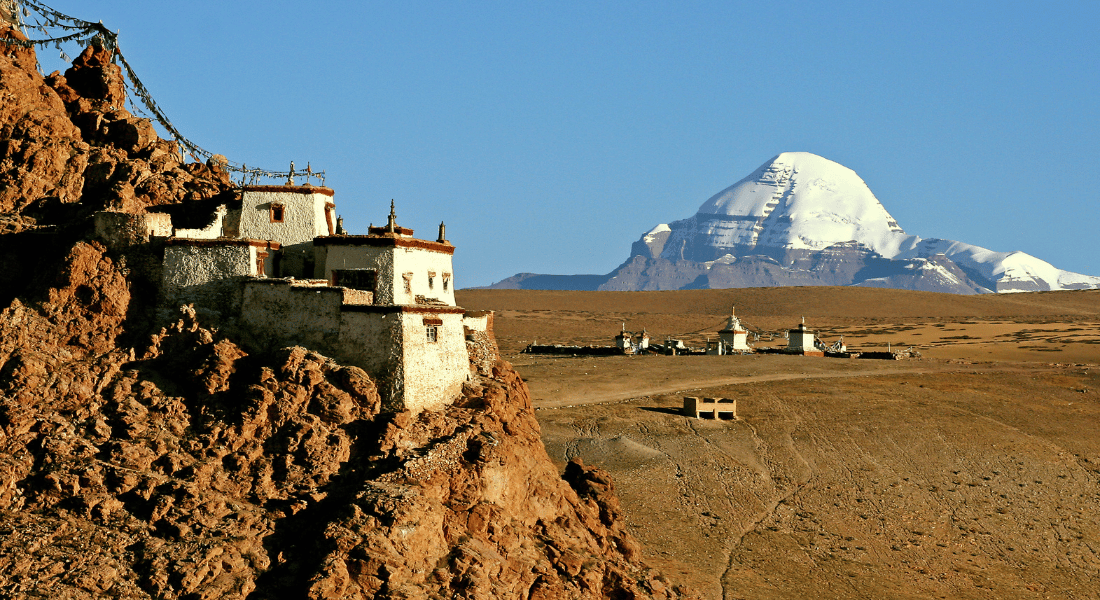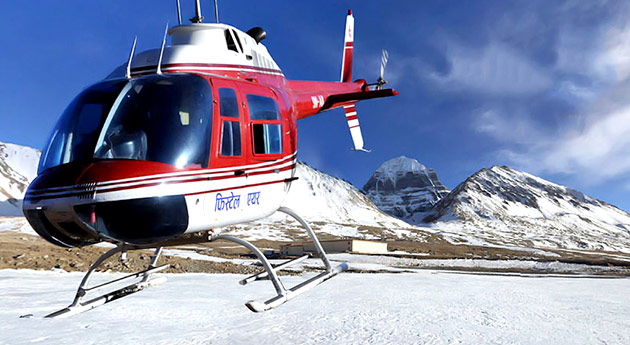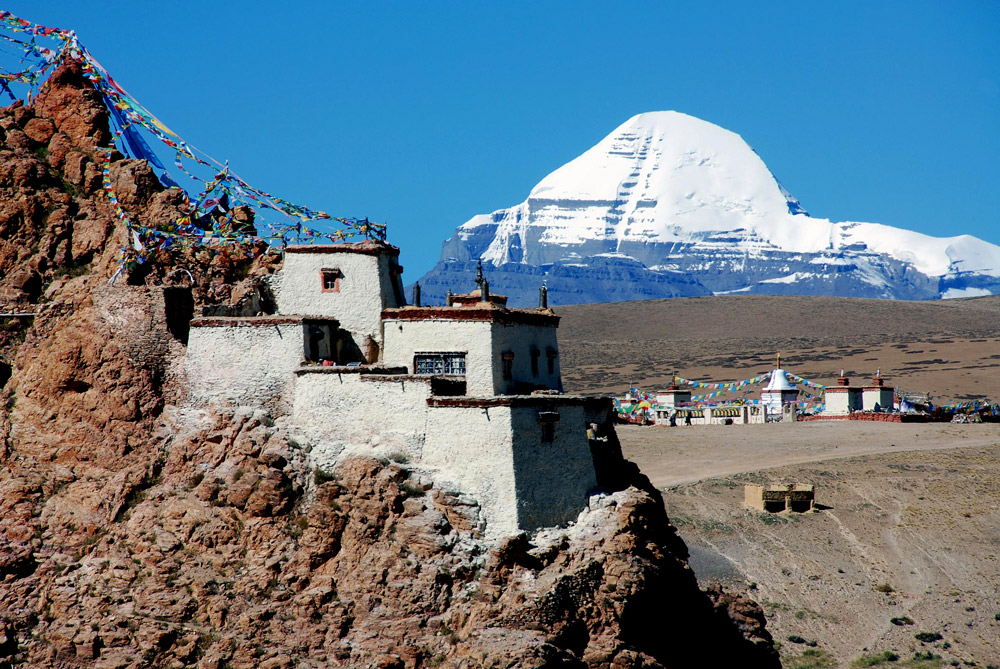About Tibet – The Roof of the World
Tibet, often referred to as the “Roof of the World”, is one of the most fascinating and culturally rich regions in Asia. Nestled high in the Himalayas, Tibet occupies a vast, mountainous plateau north of the main Himalayan range. Officially, Tibet is an autonomous region of the People's Republic of China (PRC), known as the Tibet Autonomous Region (TAR), but its history, culture, and religion distinguish it as a unique land of spiritual depth and natural grandeur.
Geography and Location
Tibet is located in Central Asia, covering an area of approximately 1.22 million square kilometers (471,700 square miles), making it the second-largest province-level division in China. Bordered by Xinjiang to the north, Qinghai to the northeast, Sichuan to the east, Yunnan to the southeast, India, Nepal, and Bhutan to the south and west, Tibet is surrounded by the world’s most formidable mountain ranges, including the Himalayas, Karakoram, and Kunlun ranges.
At an average elevation of over 4,500 meters (14,800 feet), Tibet is the highest region on Earth. Its most famous peak, Mount Everest (Qomolangma in Tibetan), at 8,848 meters (29,029 feet), lies on the border between Nepal and Tibet.
Key Geographic Features:
Tibetan Plateau – The world's highest and largest plateau.
Yarlung Tsangpo River – Originates in Tibet and becomes the Brahmaputra in India.
Lakes – Tibet is home to more than 1,500 lakes, including Namtso and Yamdrok Lake.
Glaciers – Tibet is the source of many of Asia’s major rivers.
Climate and Seasons
Due to its elevation, Tibet has a cold, dry climate with significant diurnal temperature variation.
Seasons:
Spring (April–May): Mild and dry. Great time for travel and festivals.
Summer (June–August): Warm days, cool nights, with some rainfall. Best time for trekking.
Autumn (September–October): Clear skies and ideal for sightseeing.
Winter (November–March): Cold, especially in the interior plateau, but less crowded with tourists.
Temperatures can drop to -20°C (-4°F) in winter and rise up to 25°C (77°F) in summer in lower regions.
Tourism in Tibet
Tibet remains a bucket-list destination for adventure seekers, pilgrims, and those interested in spirituality. However, all foreign travelers must obtain a Tibet Travel Permit and travel via organized tours.
Key Attractions:
Lhasa – The spiritual and administrative capital.
Namtso Lake – A sacred saltwater lake, surrounded by snow-capped peaks.
Mount Everest North Base Camp – Located in Tibet and reachable by road.
Yamdrok Lake – One of the three largest sacred lakes in Tibet.
Mount Kailash Kora – A sacred pilgrimage circuit considered one of the most spiritually significant treks.
Tibet is ideal for:
Tibet at a Glance
Category | Details |
|---|
Area | 1.22 million sq. km |
Capital | Lhasa |
Population | ~3.6 million |
Language | Tibetan (official), Mandarin Chinese |
Religion | Tibetan Buddhism (dominant), Bon |
Elevation | Average 4,500 m (14,800 ft) |
Currency | Chinese Yuan (CNY) |
Climate | Alpine and semi-arid |
Main Industries | Tourism, agriculture, animal husbandry, mining |
Time Zone | China Standard Time (UTC+8) |
History and Politics
Historically, Tibet was an independent kingdom with its own language, religion, and governance. The Tibetan Empire flourished in the 7th to 9th centuries. In the 13th century, Tibet became a part of the Mongol Empire, later under Chinese influence, and by the 18th century, was incorporated into the Qing dynasty.
In 1950, the People's Republic of China invaded Tibet. In 1951, the Seventeen Point Agreement was signed, affirming China's sovereignty over Tibet while promising autonomy and religious freedom. However, tensions escalated, culminating in the 1959 Tibetan Uprising, after which the 14th Dalai Lama fled to India and established the Tibetan Government-in-Exile in Dharamshala.
Today, Tibet is governed by the Chinese Communist Party (CCP) under the Tibet Autonomous Region (TAR), although many Tibetans in exile and human rights organizations advocate for genuine autonomy and cultural preservation.
Culture and Religion
Tibet is the spiritual heartland of Tibetan Buddhism, a Mahayana Buddhist tradition with unique rituals, art, and monastic institutions. The religion permeates every aspect of Tibetan life. Key figures include the Dalai Lama, the Panchen Lama, and high lamas from various sects: Gelug, Nyingma, Kagyu, and Sakya.
Key Religious Sites:
Potala Palace (Lhasa) – Former winter residence of the Dalai Lama; now a museum and UNESCO World Heritage Site.
Jokhang Temple – The most sacred temple in Tibet, located in the Barkhor area of Lhasa.
Tashilhunpo Monastery (Shigatse) – Seat of the Panchen Lama.
Mount Kailash – Sacred to Buddhists, Hindus, Jains, and Bon followers; considered the spiritual center of the universe.
Monastic life remains central, with thousands of monks and nuns living in monasteries and devoting their lives to spiritual learning.
People and Language
The primary inhabitants of Tibet are ethnic Tibetans, with smaller communities of Han Chinese, Hui, and other minorities. Tibetans are known for their deep spirituality, hospitality, and resilience.
Language: The Tibetan language is the official language of the region, written in a unique script derived from ancient Indian Brahmi.
Dress: Traditional Tibetan attire includes the chuba, a long robe, often worn with a colorful sash.
Festivals: Major festivals include Losar (Tibetan New Year), Saga Dawa, and Shoton Festival.
Economy and Development
Traditionally, Tibet’s economy was based on subsistence agriculture, pastoralism, and barter trade. Today, while tourism, infrastructure development, and mining are growing sectors, agriculture remains central in rural areas.
The Chinese government has invested heavily in Tibet’s infrastructure, including roads, airports, and the famous Qinghai–Tibet Railway, the world’s highest railway. However, critics argue that development often benefits Han Chinese migrants and can marginalize traditional Tibetan livelihoods.


